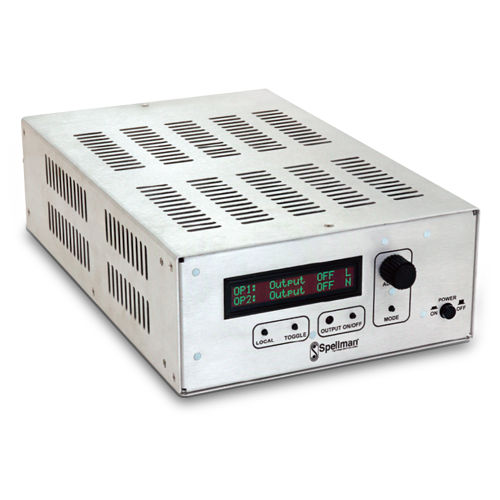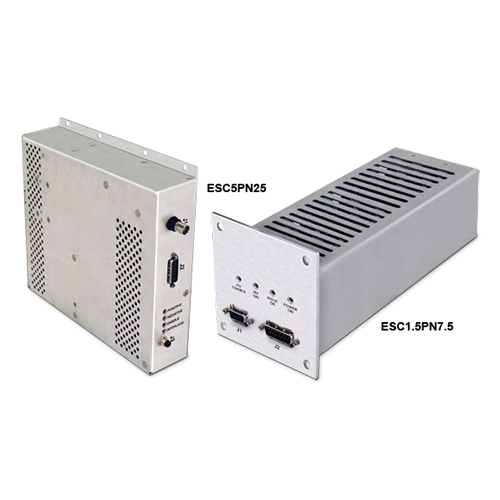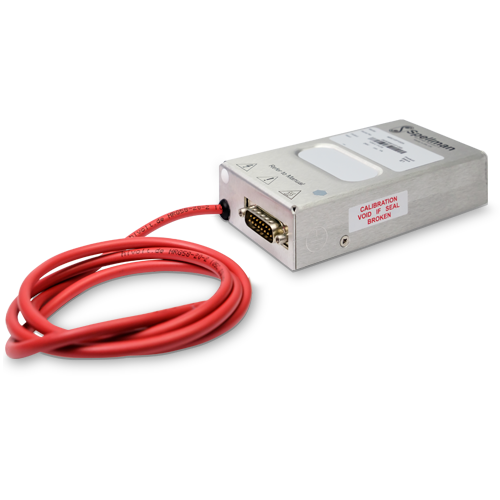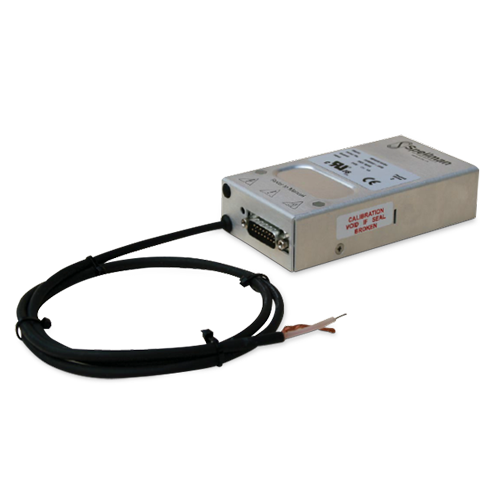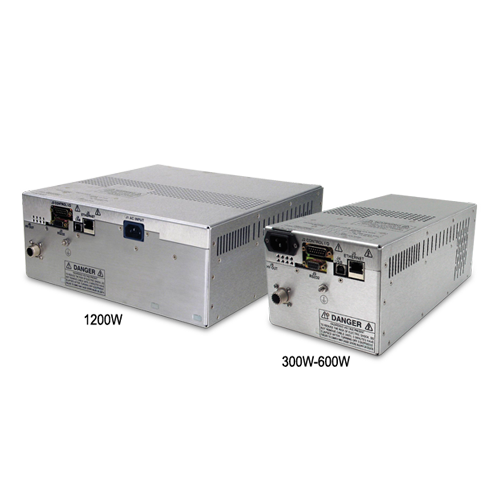E-Chuck
In semiconductor and liquid crystal panel manufacturing processes, vacuum chucks and mechanical chuck systems have conventionally been used to secure the substrate for handling. However, due to the effects of adsorption, distortion and a requirement for improved reliability, chucks that utilize electrostatic force have been widely adopted in today’s generation of semi fab equipment to overcome these limitations.
An electrostatic chuck consists of a platen with surface electrodes which are biased with high voltage to set up an electrostatic force between the platen and the wafer.
Two types of electrostatic chucks are available: the Coulomb and Johnsen-Rahbek (J-R) types. These are distinguished by their dielectric characteristics and, therefore, the way the clamping force is generated. A Coulomb chuck functions like a conventional dielectric capacitor. The J-R type has a large but finite resistance, so current flows through it and the substrate when the surfaces are in close contact and voltage is applied. Charge accumulates at the interface between substrate and dielectric which provides the clamping force.
In addition, different configurations of electrodes (or poles) on the chuck are used to get different characteristics. Monopolar, bipolar (two poles) and multipolar chucks (including 6 phase hexapolar types) are available depending on the application.
Spellman can provide power supplies for the complete range of e-chucks with features that include:
- high-voltage bipolar outputs (positive/negative),
- output polarity reversal functions for easier wafer chucking/de-chucking,
- capability to detect the state of the wafer by capacitance measurement (Coulomb chucks) or current measurement (J-R chucks),
- analogue and digital interfaces for easy integration into a variety of systems
- high reliability, mechanical relay free designs.
Spellman offers extensive design knowledge and manufacturing capabilities, and so can provide a broad range of customized products to satisfy a variety of requirements. Depending on the application this may also include options such as high voltage biasing/offset and R.F. filtering.
- Specifically Designed for E-Chuck Applications
- Two Reversible Outputs of Opposite Polarity
- Rated 2.5kV 3mA. Amplitudes are Set Independently
- Automatic User Configurable De-chucking Function
- 300mS Slew Time Driving 20nF of Load Capacitance
- Front Panel Control via Buttons and LCD Display
- RS-232, RS-485 and Ethernet Interface
- Free GUI for Testing and Development Work
- Output Voltage 1.5kV - 5kV
- Output Power 7.5 W-25 W
- Ground Referenced, Reversible Output
- Floating, Reversible Bipolar Output
- Comprehensive Fault Diagnostics
- High Voltage Safety Interlock
- OEM Customization Available
- Extremely Compact 10W High Performance Module
- Multiple Control Interfaces: Differential Analog, RS-232 and RS-485
- Voltage and Current Monitors
- High Stability, Low TC
- Ultra Low Ripple and Noise, Down to 1/f Band
- Free GUI for Testing and Development Work
- Digital Control Features: Multiple Units Operation, Current Control, Status Flags and Wobbler Function
- Output Voltage 1kV to 30kV
- Output Power 10W
- Optional RS-232/RS-485 Control
- High Stability, Ultra Low Ripple and Noise
- CE Marked and UL61010-1 Certified
- Output Voltage from 1kV-160kV
- Output Power 300W, 600W AND 1200W
- Compact & Lightweight
- USB,Ethernet and RS-232 Standard Interfaces
- CE Compliant, UL Recognized


